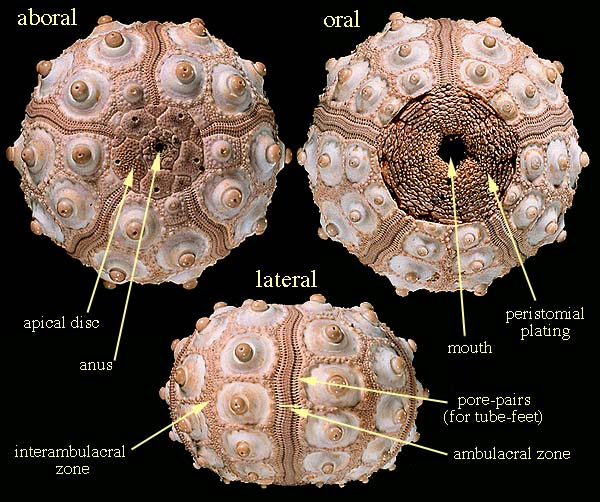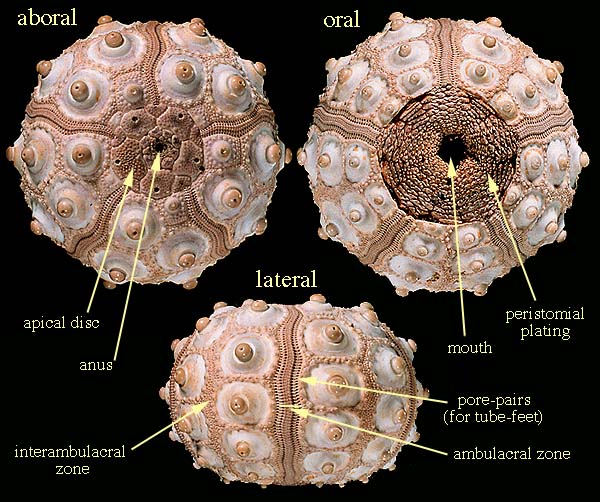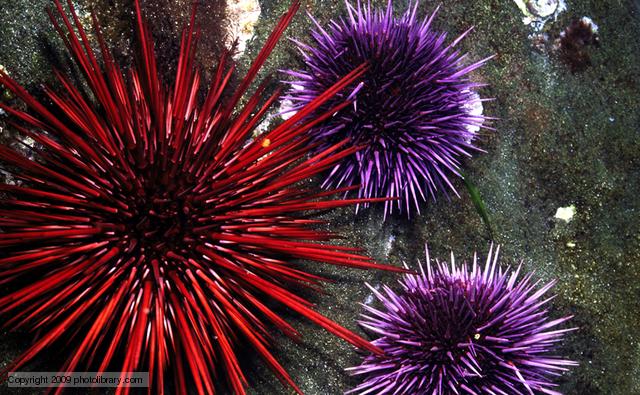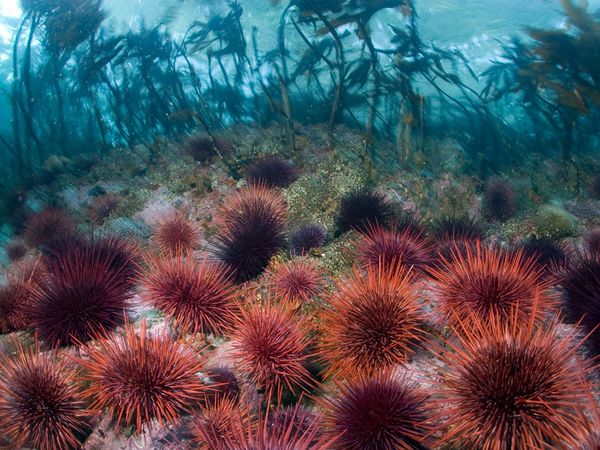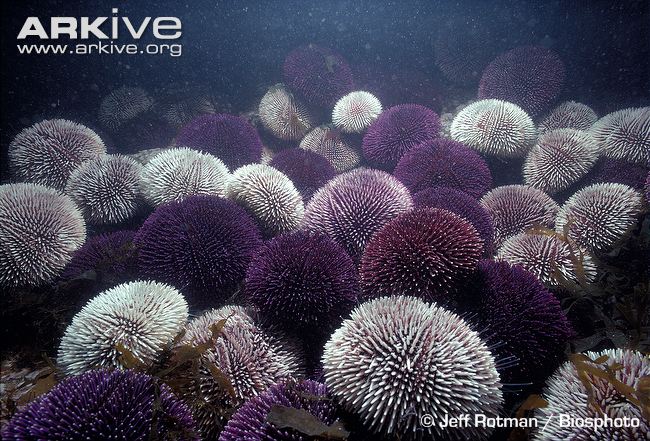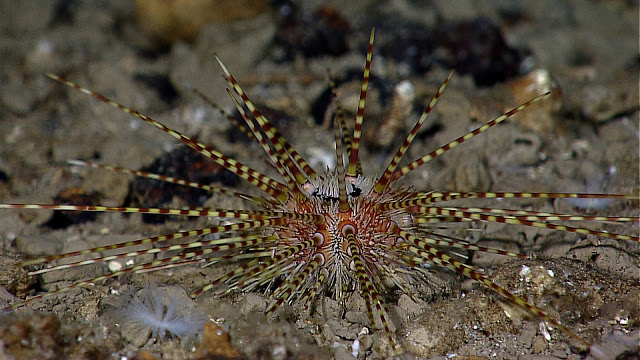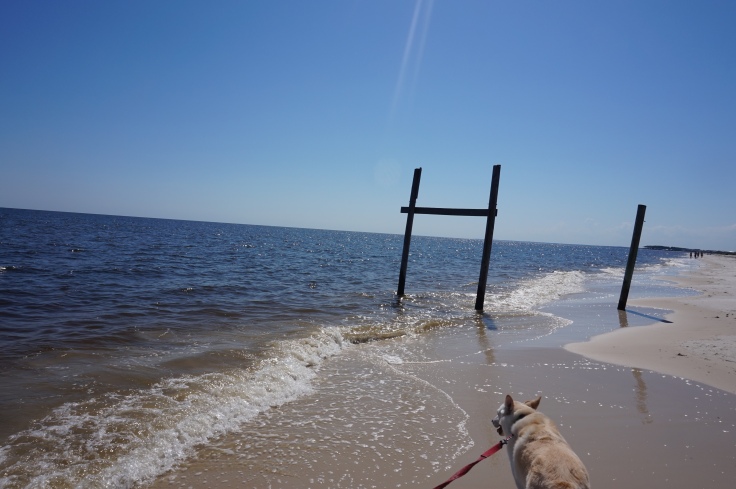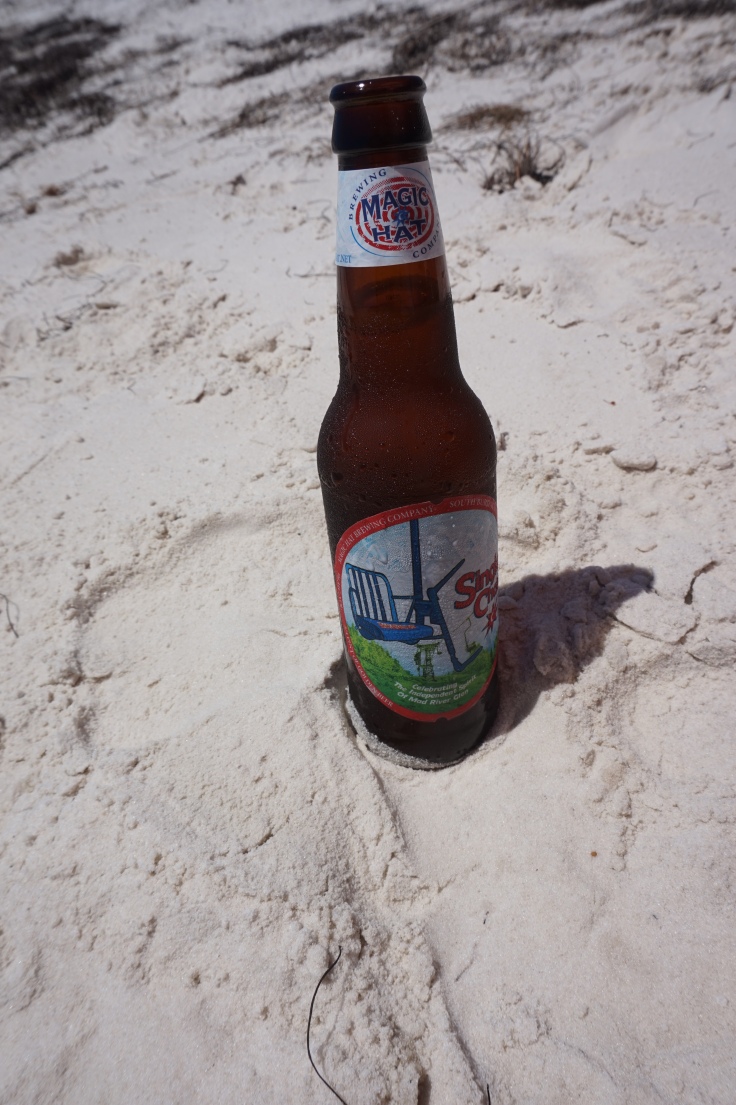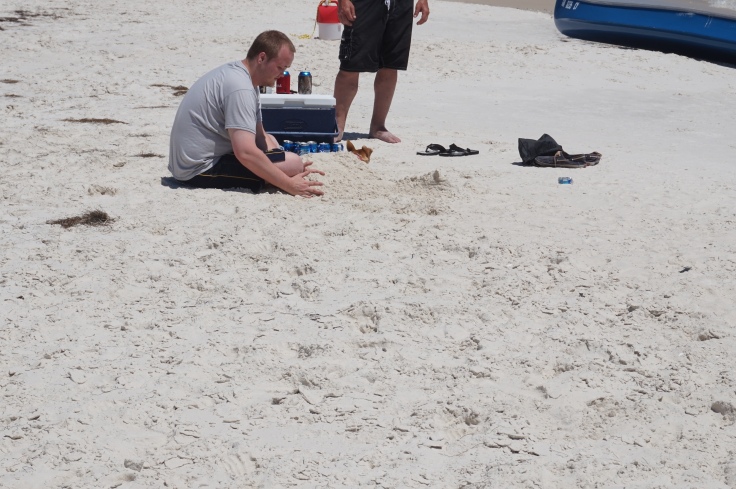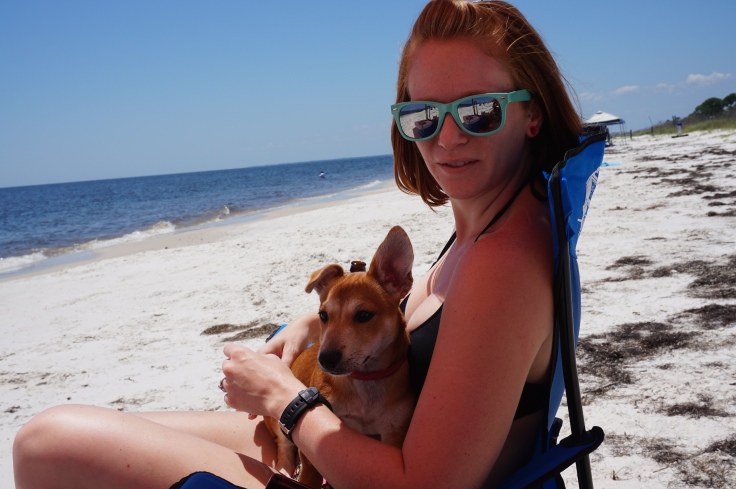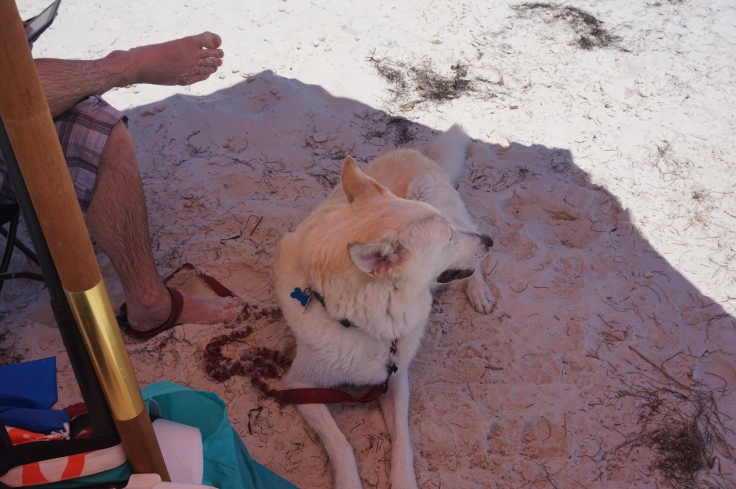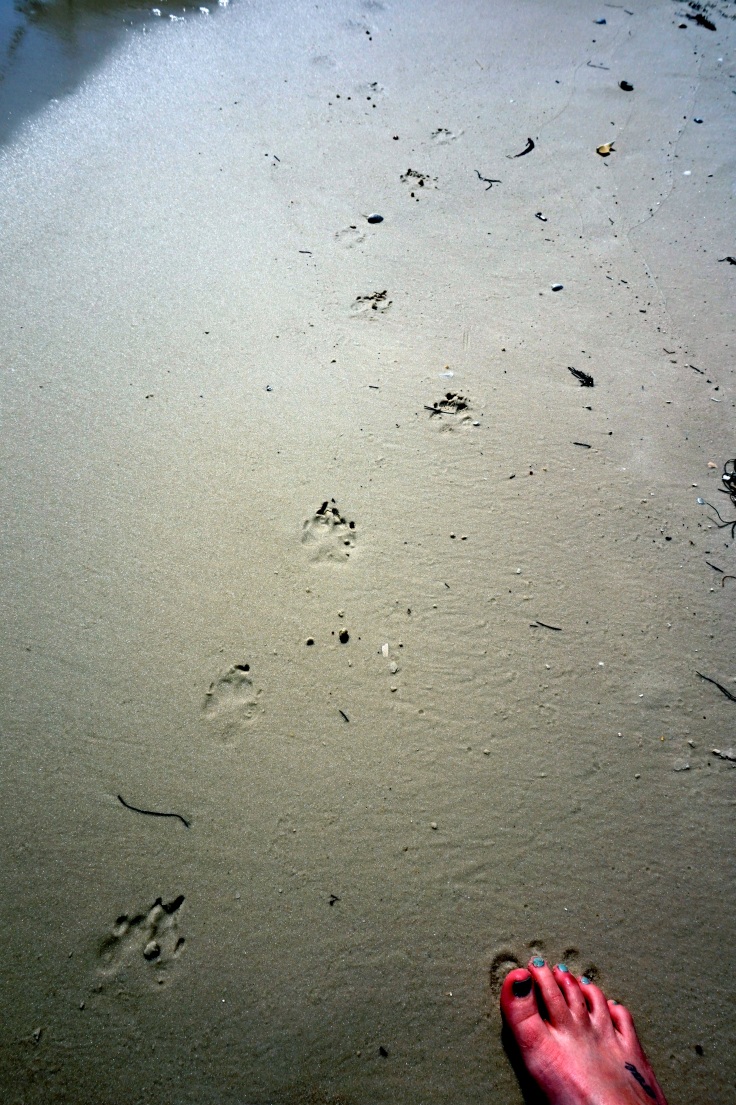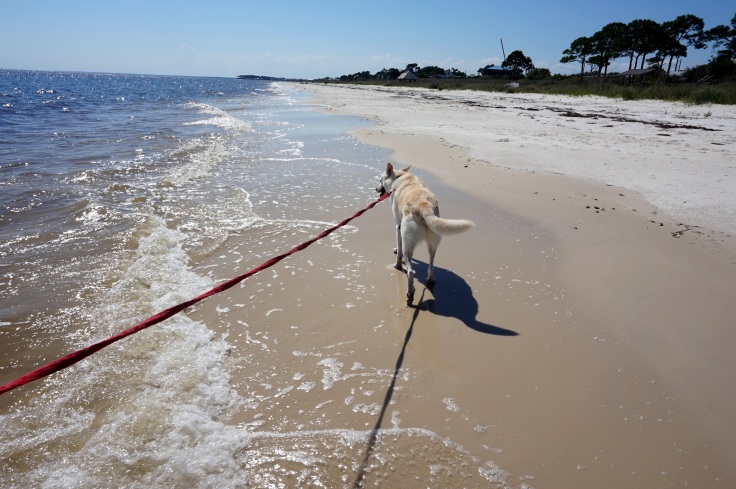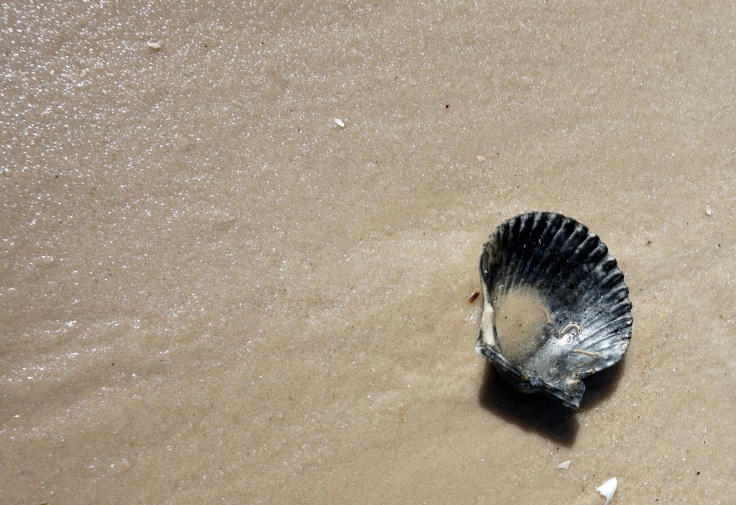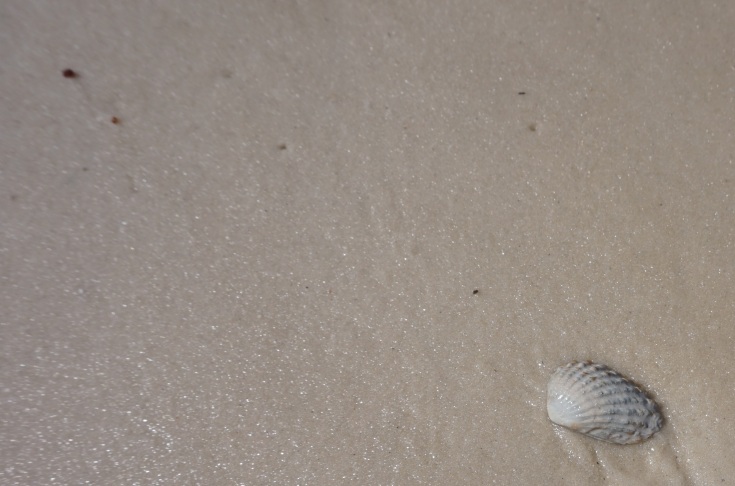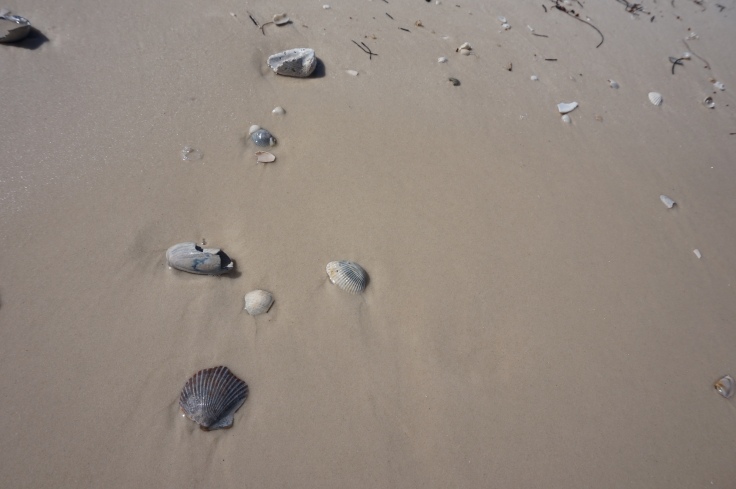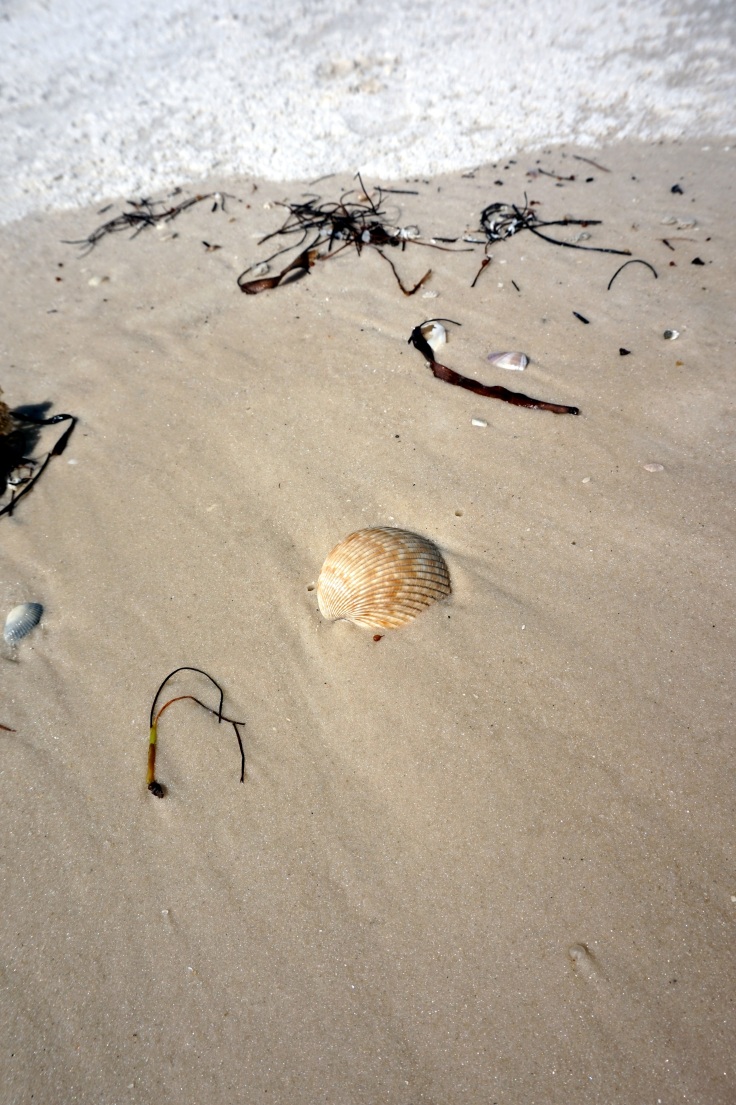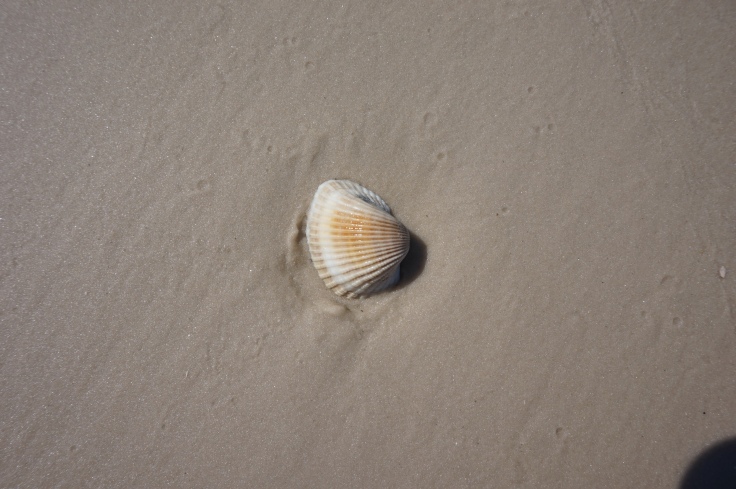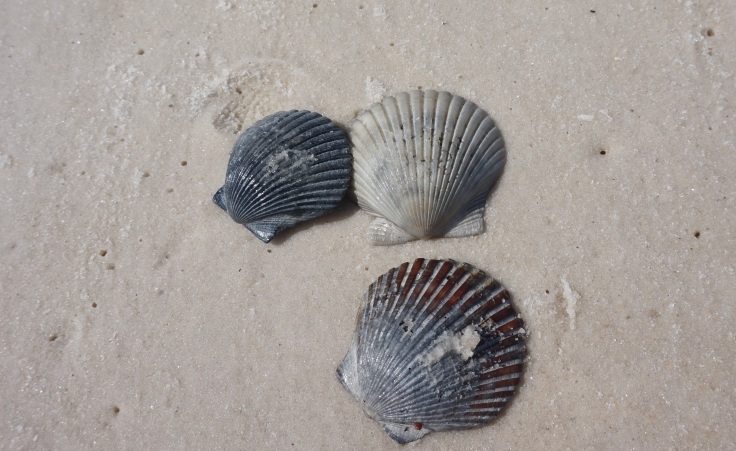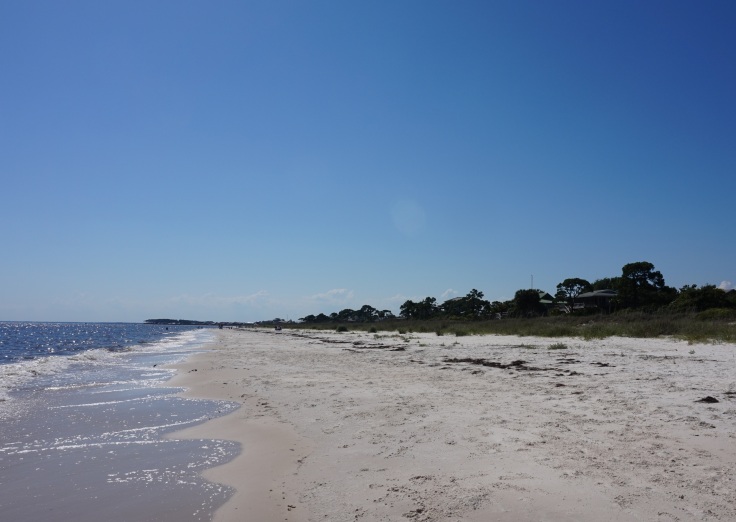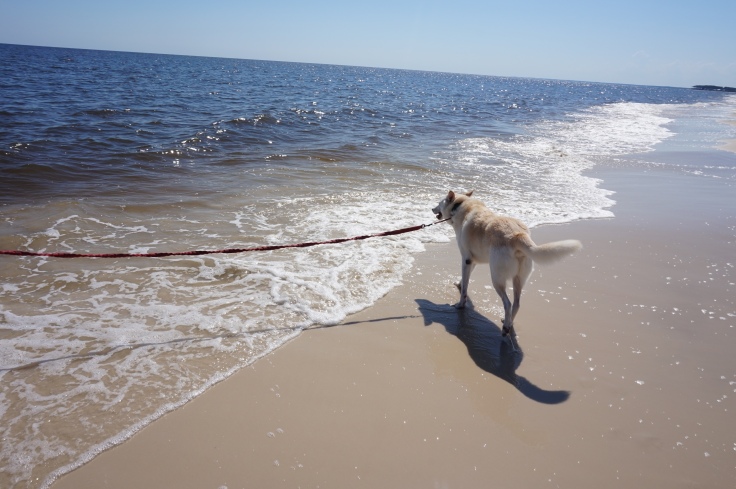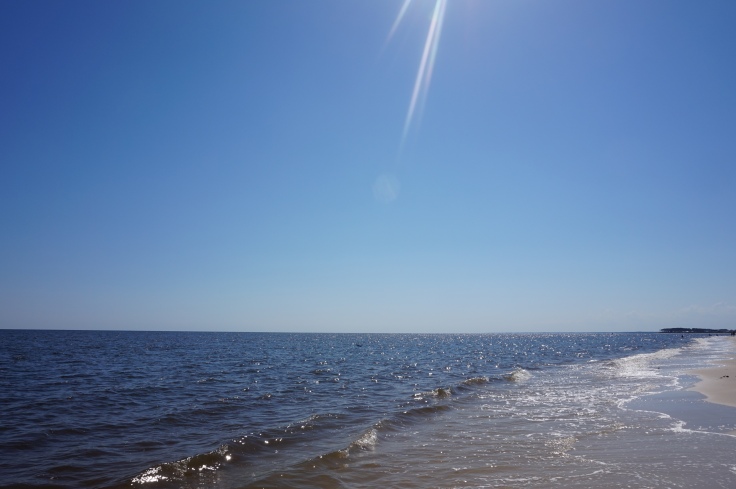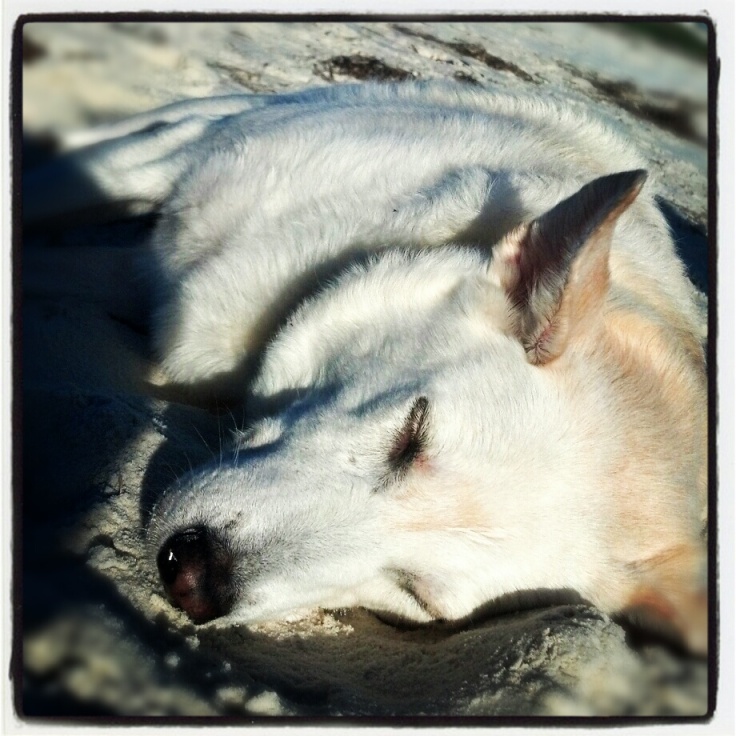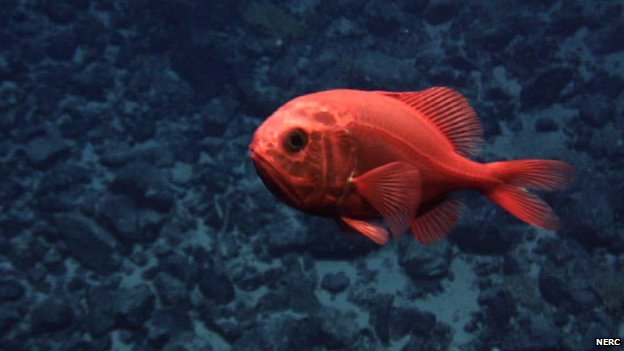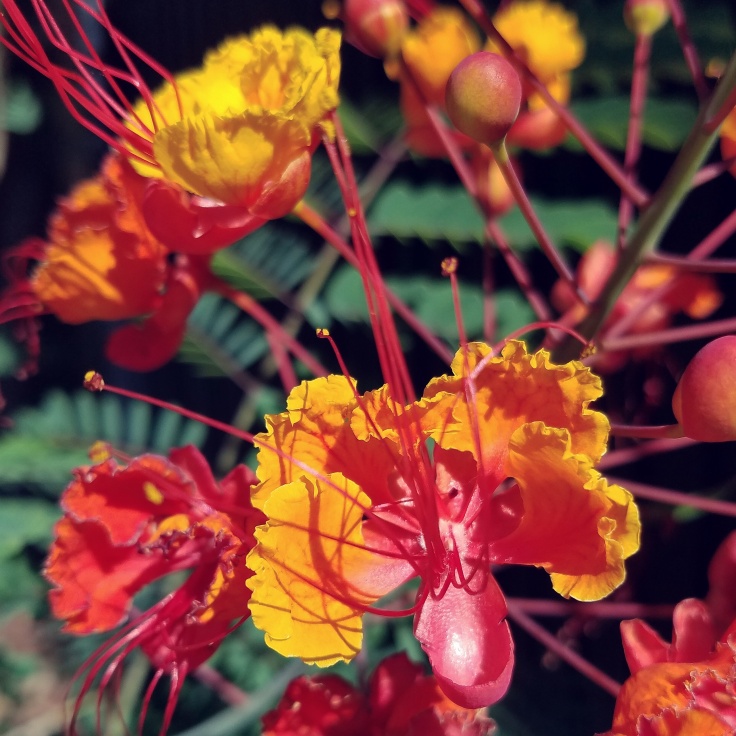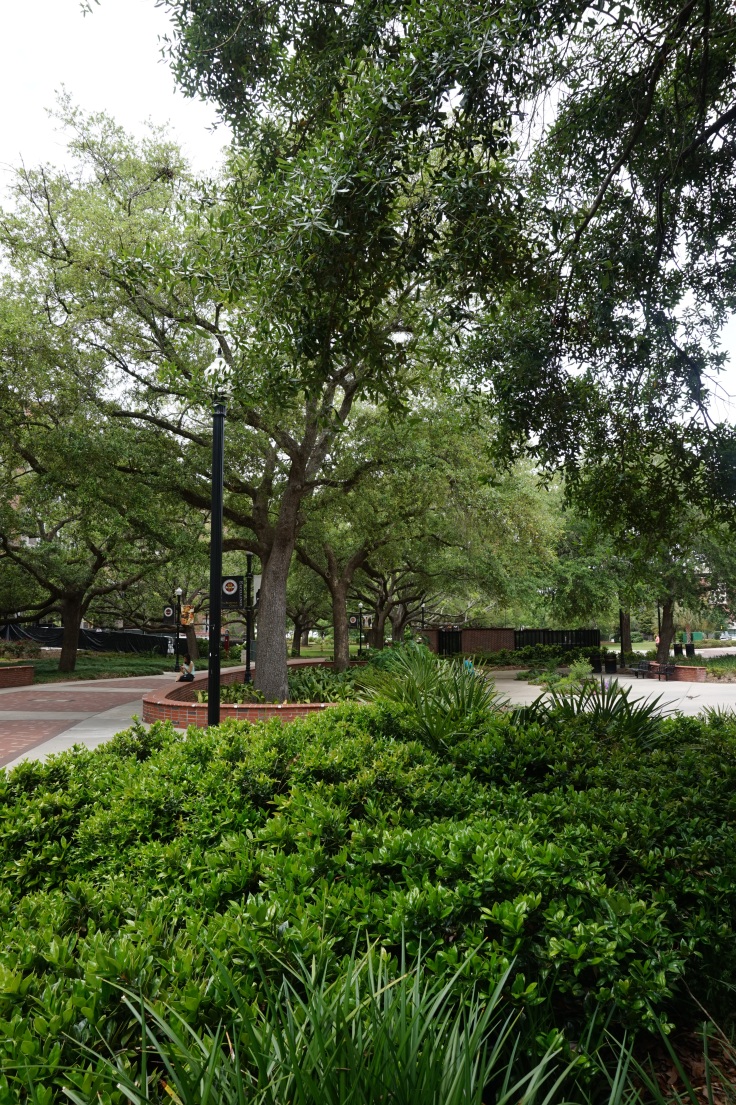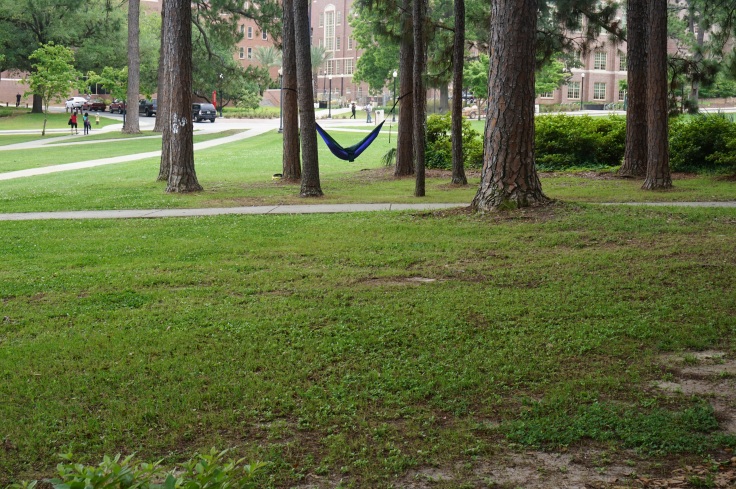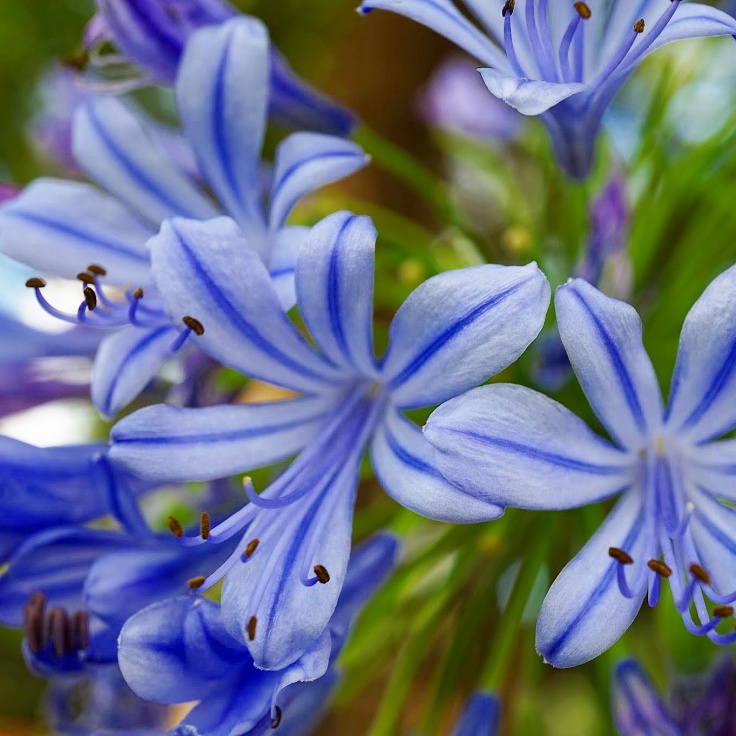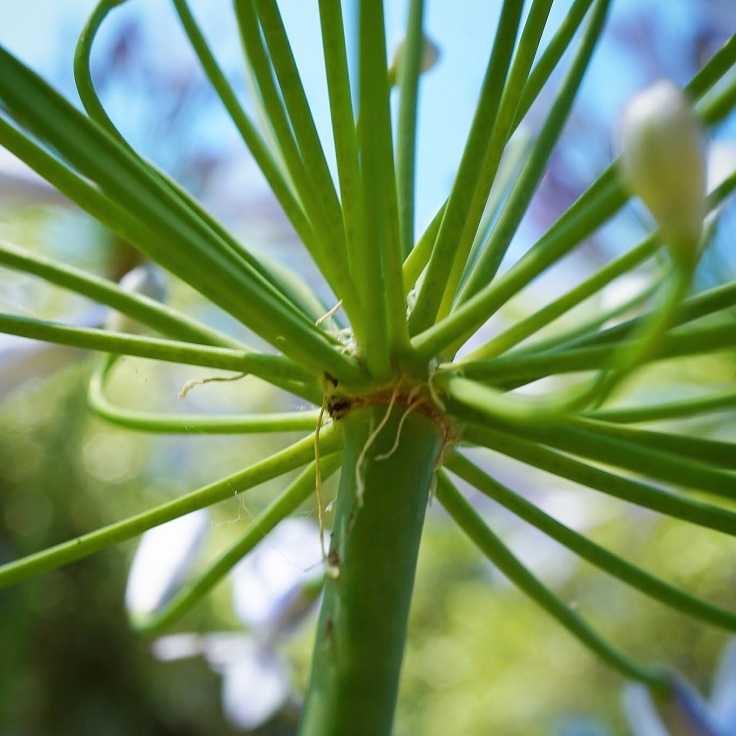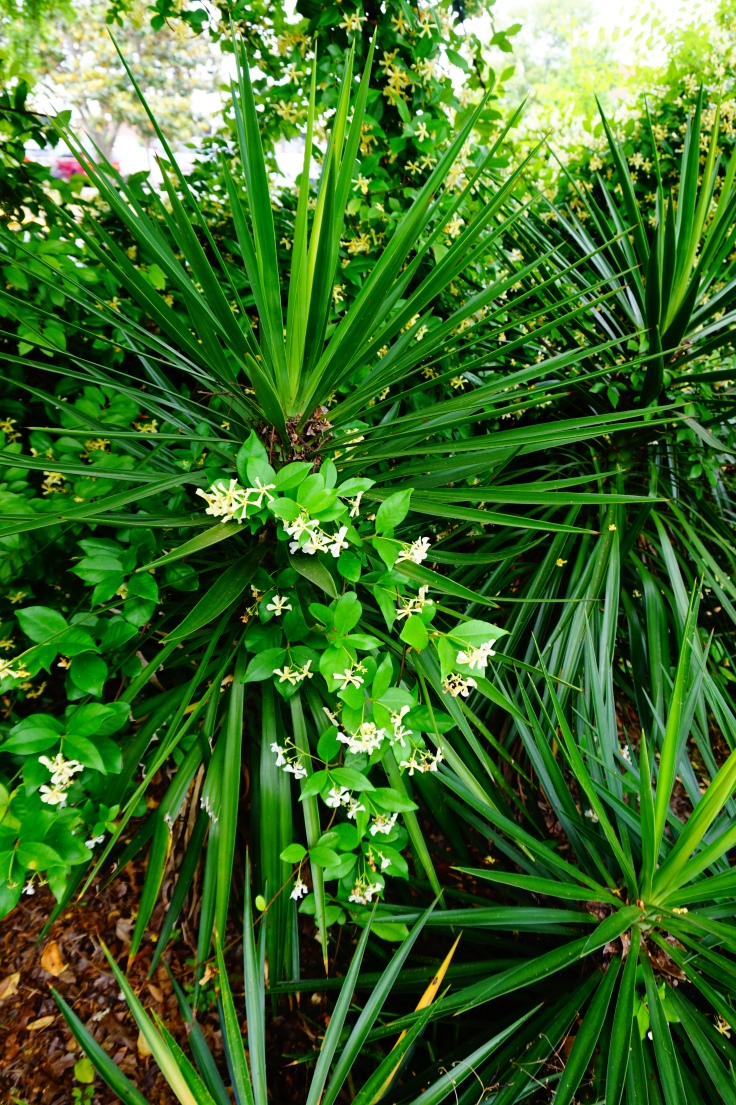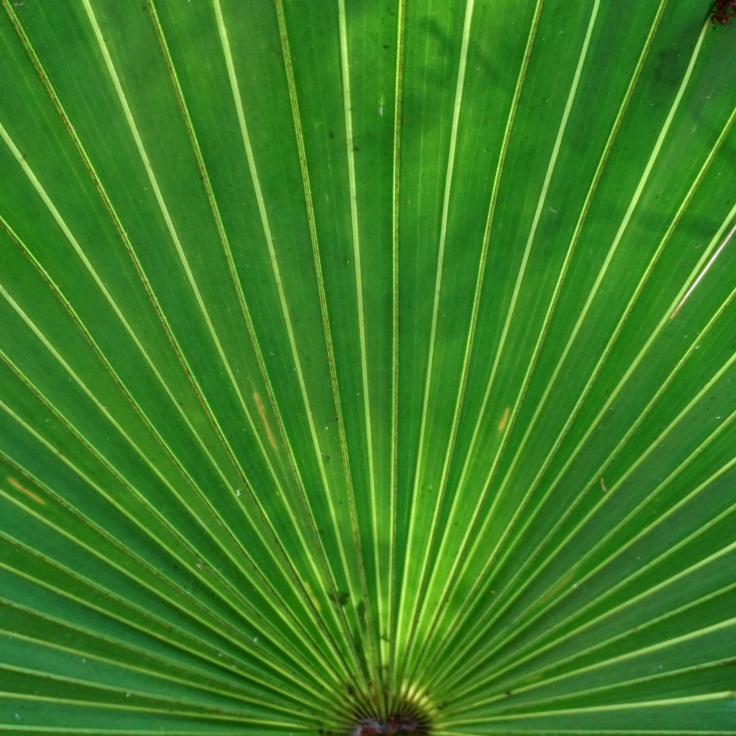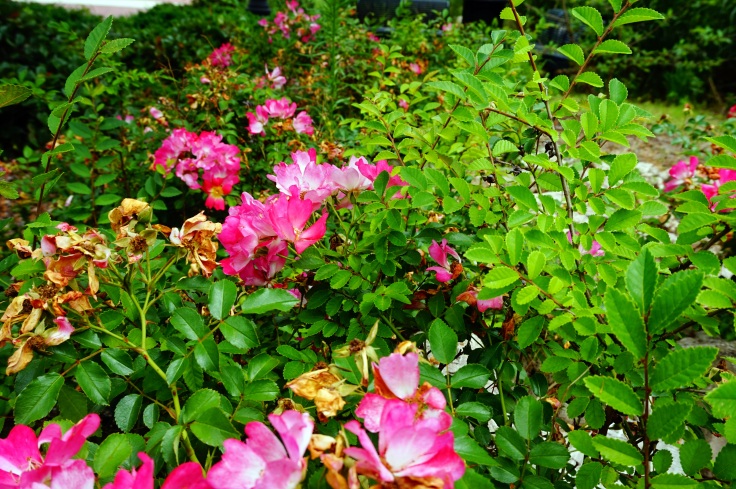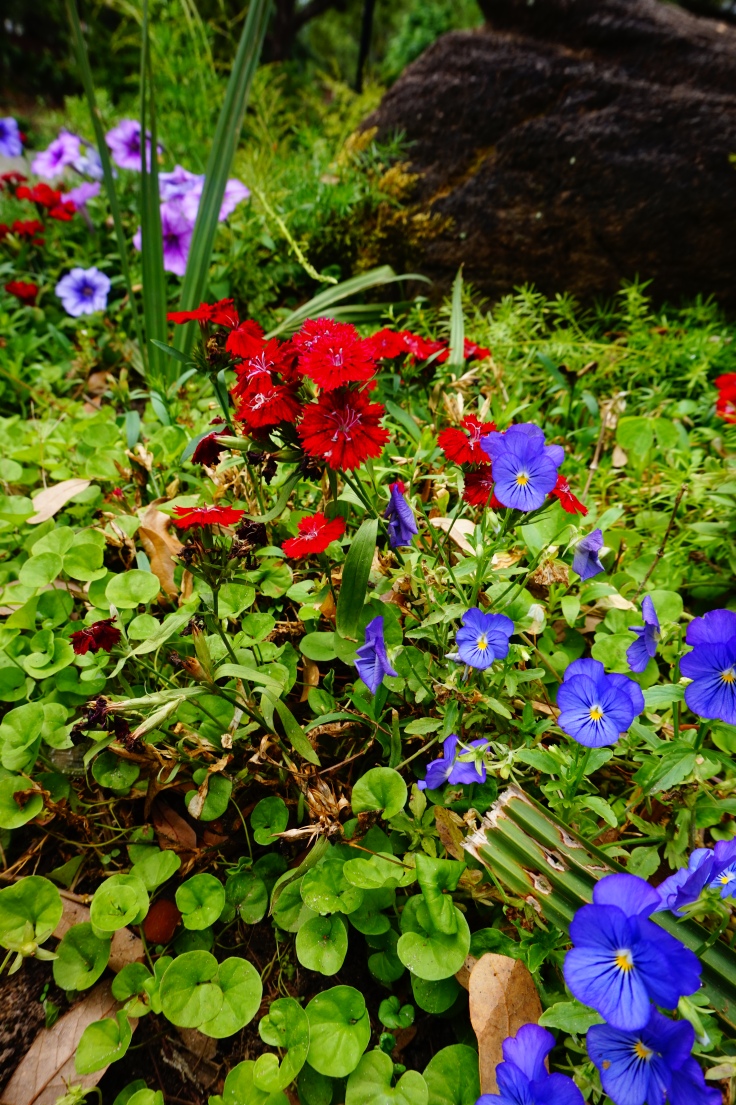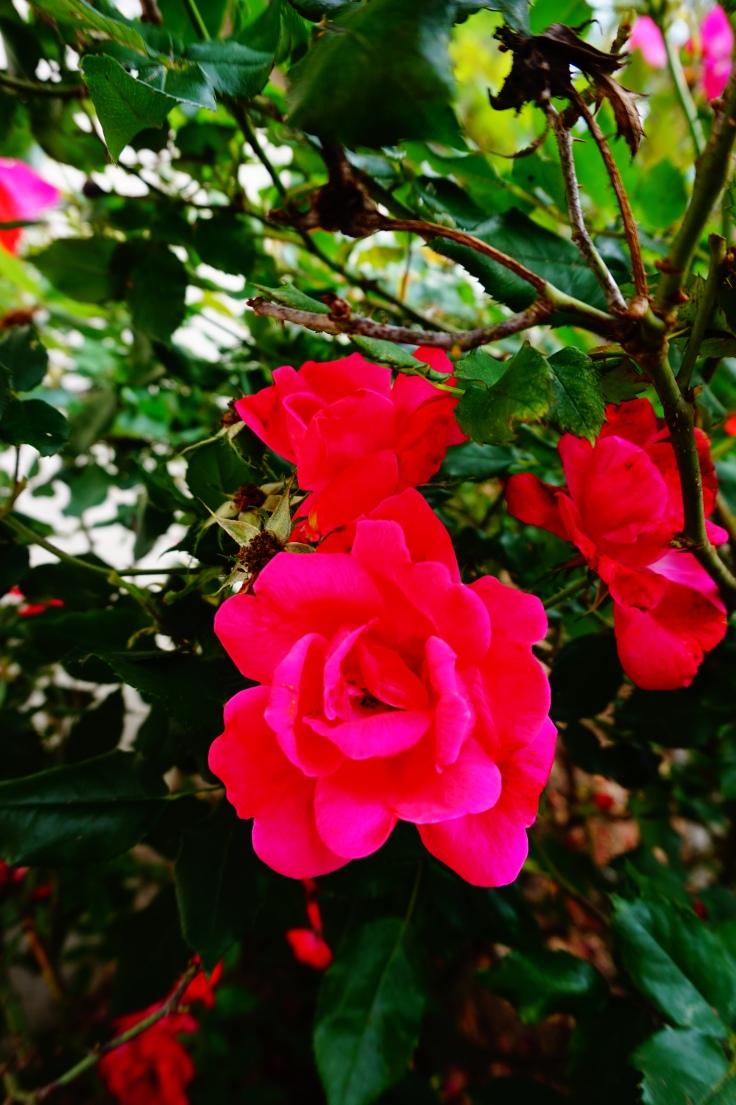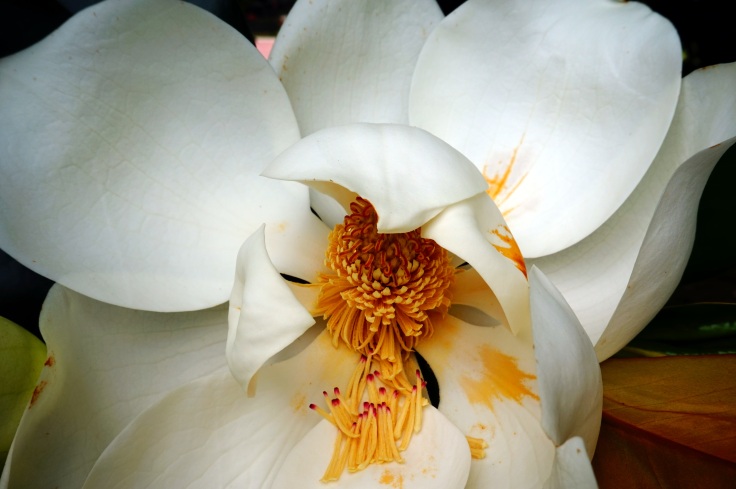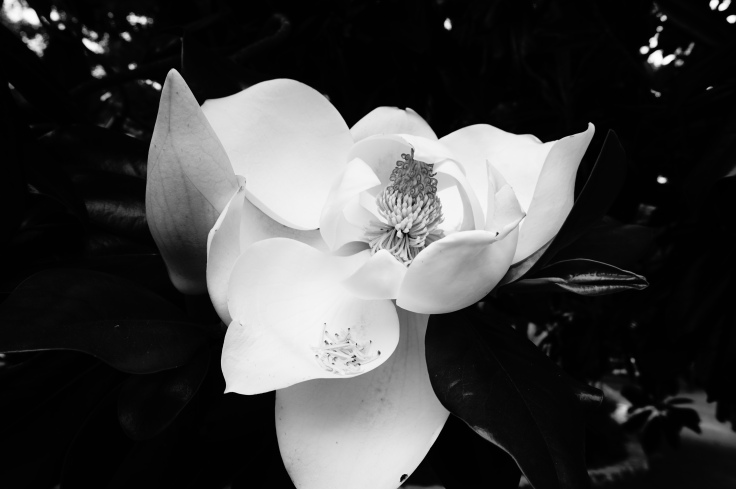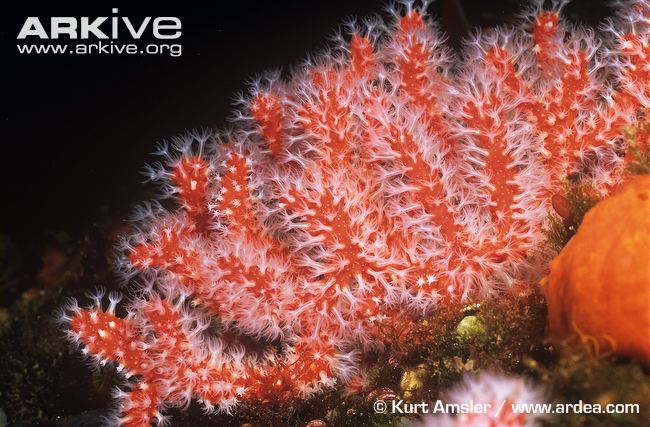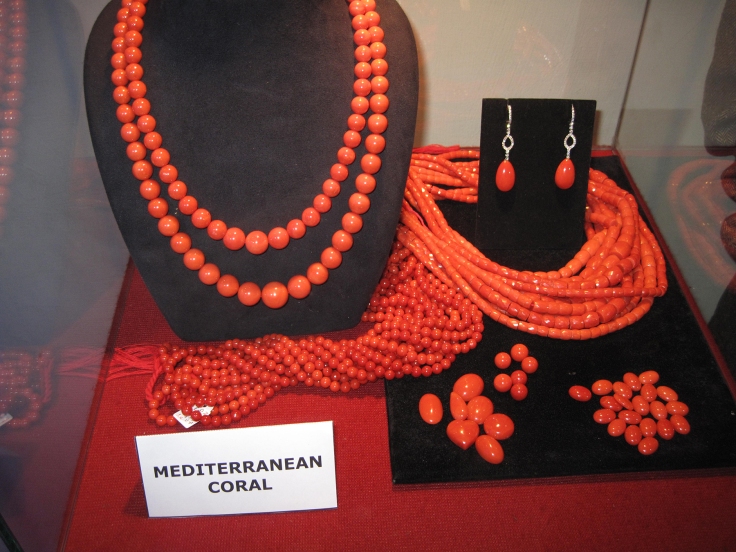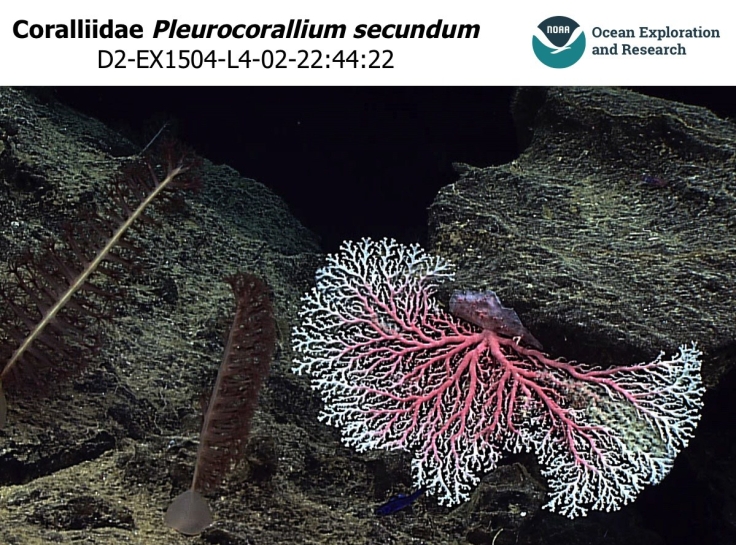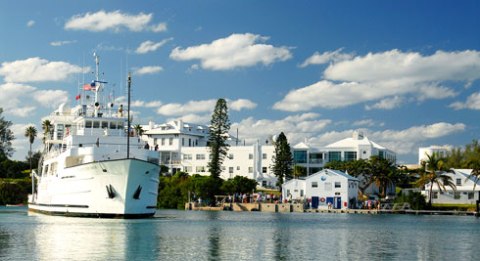Welcome to the R/V Weatherbird!
The ship is all loaded and we are underway (and only an hour behind schedule!) That’s actually a record for this group! Normally something goes wrong and we’re far further behind schedule – and it almost happened again. The bow thrusters were not starting, but two new (giant) batteries and off we go!
The 116ft ship holds 20 people, 13 science and 7 crew. It can be a little cramped, but I like to think of it as cozy 🙂
We’re out in the Gulf of Mexico to sample a series of sites looking for environmental effects that may still be lingering from the Deepwater Horizon oil spill that happened in 2010. We are funded from the money BP paid to Florida as recompense for accident (though the blowout was preventable if overseers were not lazy, it was still an accident). Sometimes I may refer to it as “BP money” but we are not directly funded by them.
We steamed for 4 hours to a calibration site for the Ultra-Short Baseline (USBL) communications systems. Here Dr. Ian Macdonald’s crew dropped a pinger sending location data to the bottom then we steamed around it with the receiver so that we can know the range of values off of a known point. These pingers will be attached to the multicore and piston core so we know nearly exactly where they land on the bottom. The camera tow runs on fiber optic cable, so it doesn’t use a pinger.
Next up we will go to a site and begin the real sampling. We have a general cruise plan where multicore, CTD rosette (water variable and sample collection), Bongo nets, and a camera tow will be intermittently deployed. For example – drop the multicore then get mud, process mud while CTD collects water, collect mud again, process mud while bongo nets are towed to collect plankton samples, final mud collection, camera tow. Hopefully we can get all our samples in a timely manner because we have 16 sites to hit in about 11 days. Let’s just say I sleep like a baby when I finally can!
Some of the gang also like fishing during steaming. I’m not a huge fan myself, but I get great pictures from it!
The seas are nice and calm now, and we’ll do ceremonial mud dances in the morning to placate the gods/spirits/chthullu to keep them that way! Four different labs need mud samples from the multicore so there’s a lot riding on the samples. Noon tomorrow we start getting muddy!
Hah, oh yeah -the ship’s crew has a great sense of humor. The Ice Cream Fridge:

















